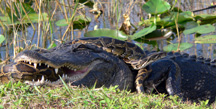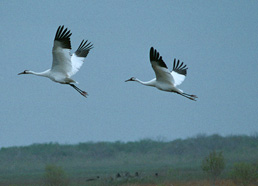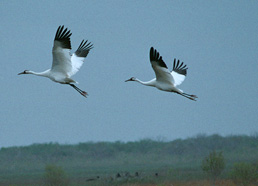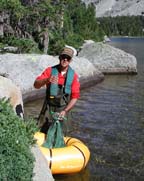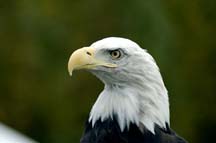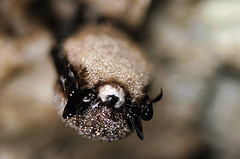 White nose syndrome has killed somewhere between 5.7 million to 6.7 million bats, biologists at the Northeast Bat Working Group’s annual meeting in Pennsylvania, which was held last week, estimated. The figures were released Tuesday afternoon.
White nose syndrome has killed somewhere between 5.7 million to 6.7 million bats, biologists at the Northeast Bat Working Group’s annual meeting in Pennsylvania, which was held last week, estimated. The figures were released Tuesday afternoon.
Read the press release from the U.S. Fish and Wildlife Department, here.
Not much out there about where these new estimates come from. A Washington Post article says, “The estimate was derived from winter trips to mines and caves through December 2011.” The innovation was counting the bats using digital imagery, rather than “counting noses,” as was done in the past, USFWS WNS coordinator Jeremy Coleman is quoted as saying.
Read the Washington Post article here.
In a Los Angeles Times article, coordination of survey strategies across the United States and Canada is credited for the new estimate.
Read the LA Times article here.
Photo credit: Jonathan Mays, Wildlife Biologist, Maine Department of Inland Fisheries and Wildlife

